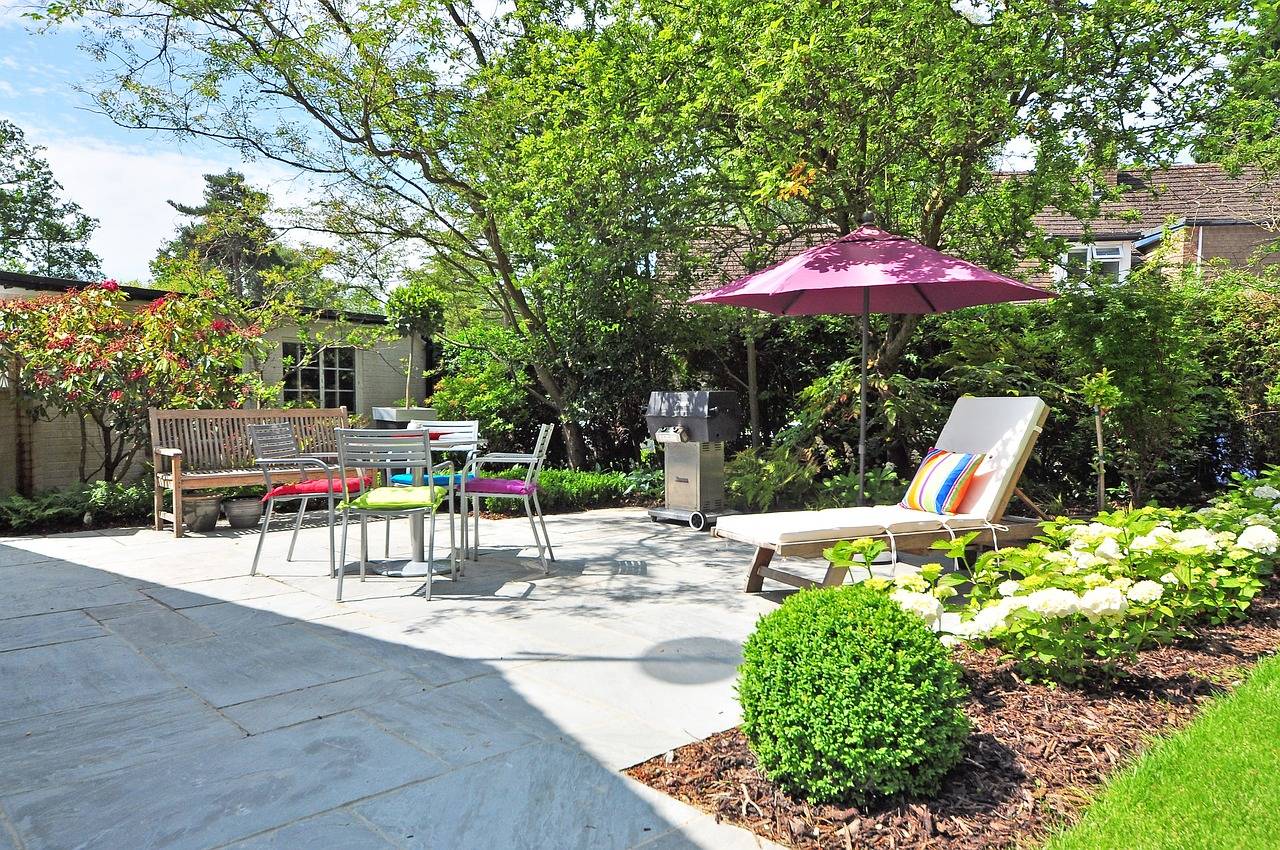6 Steps to Becoming a Green City

Many cities experience several environmental issues. This includes traffic congestion, pressure on water resources, limited land resources, local air quality issues, and difficulties related to municipal solid waste. Today, climate change also challenges different cities. It mitigates their impacts as well as adapts to these changing conditions. According to the IEA (International Energy Agency), about two-thirds of energy use comes from urban systems. This article will discuss how to make a city more environmentally friendly. Keep reading.
Tips on How to Build a Green Community
There are different steps a city can take to make it green and eco-friendly. Here are six ways.
1. Include some EV charging stations
Every year, vehicles that use conventional fuel generate an average of 4.5 metric tons. However, hybrids cut this into 50%. For electric cars, it’s completely zero. It’s, therefore, essential for cities that crave carbon neutrality to have more charging stations for electric vehicles. It will encourage people to use an EV charger for their electric cars. Some benefits of having these stations in a community include cleaner air, lower transportation costs, massive reduction of carbon emissions, and reduction of strain on traffic management.
2. Building green homes
Most concrete structures don’t look appealing to the eyes. They have nothing to offer the immediate environment. It will cause the environment to emit oxygen back into the air. It also attracts wildlife. You may add vegetation on balconies as well as on rooftops. Likewise, it offers psychological benefits to the people.
3. Cultivating community garden
Communities should have green spaces, especially where concrete structures are erected at all corners. When a society has several community parks, the soul of the environment is brought back. This also provides an interactive platform for those living in the community to spend quality time together.
4. Access to public resources
People must get out of their cars from time to time to spend time at recreational centers and natural preserves. It’s good to provide access to nature and walking paths in the city. Biking paths should also be included. According to a few studies, mental health is enhanced via green spaces. To improve public resources, urban landscaping and infrastructural designs are very vital. They make a city more appealing and vibrant. These features improve urban mobility and support different ecosystem parts – including butterflies, bees, and birds.
5. Citizens should embrace bicycling
Big cities often experience an increase in population on a daily basis. This means that there will be more use of cars too. Cars release toxic gases into the atmosphere, which negatively affects the environment. It’s therefore essential to create more bicycle lanes, encouraging people to make use of them. They’ll get healthier as well as maintain a greener city.
6. Work on waste management and water conservation
With sustainable urban planning, it is possible for cities to improve their waste management and water conservation. Today, there is an increase in the shortage of water worldwide. It’s, therefore, essential to invest in technology that will detect leakages and effectively monitor water systems. Providing incentives for businesses and citizens who save water is also effective. A sustainable waste management model should be created for the city. This includes organizing programs that manage waste via recycling, repurposing, and composting materials. The processes of waste disposal can be worked into a circular economy model.
A green city makes life easier for everyone. Apart from improving people’s mental health, maintaining a green environment also offers fresh air for the entire ecosystem.










